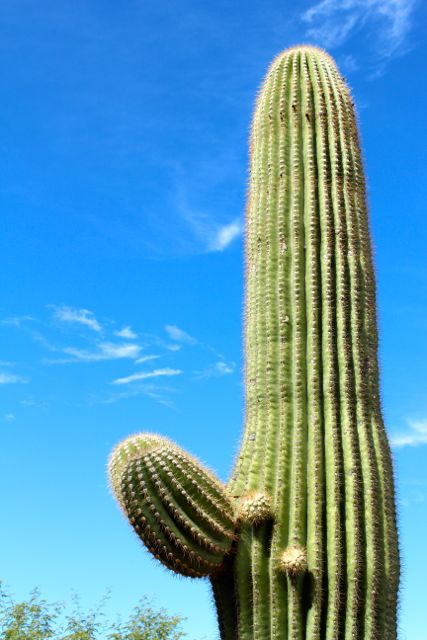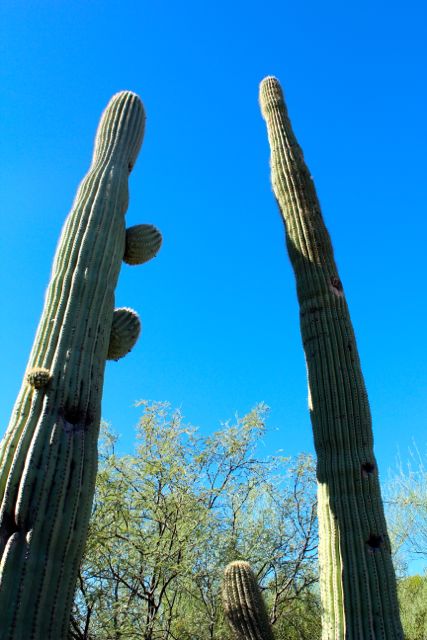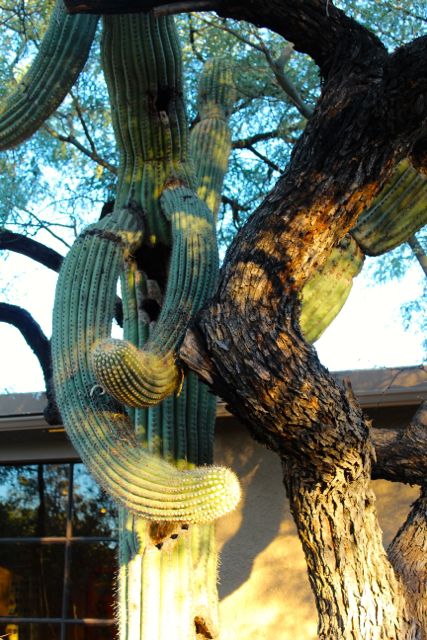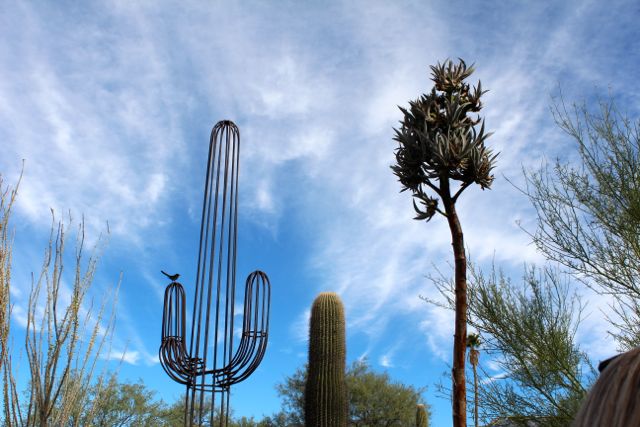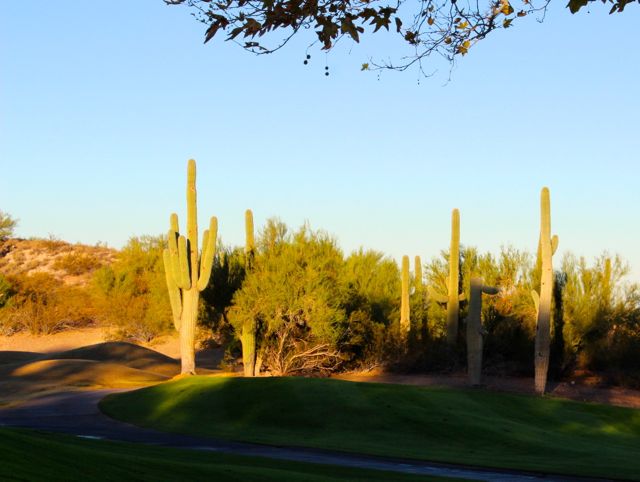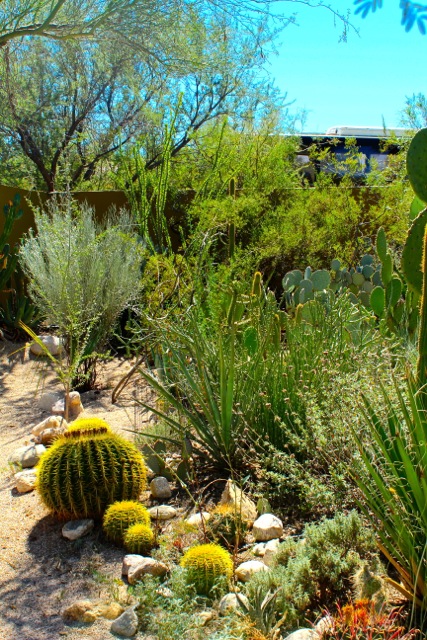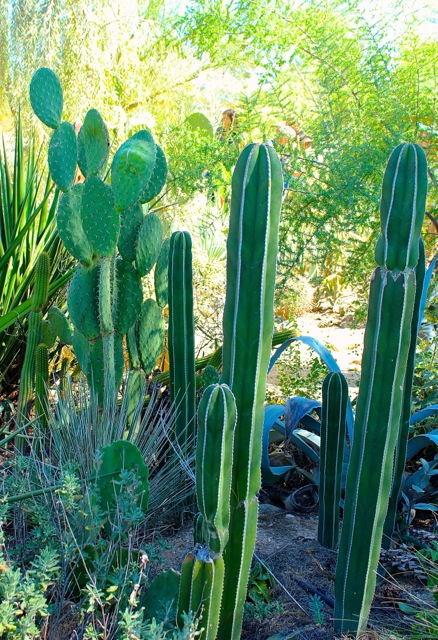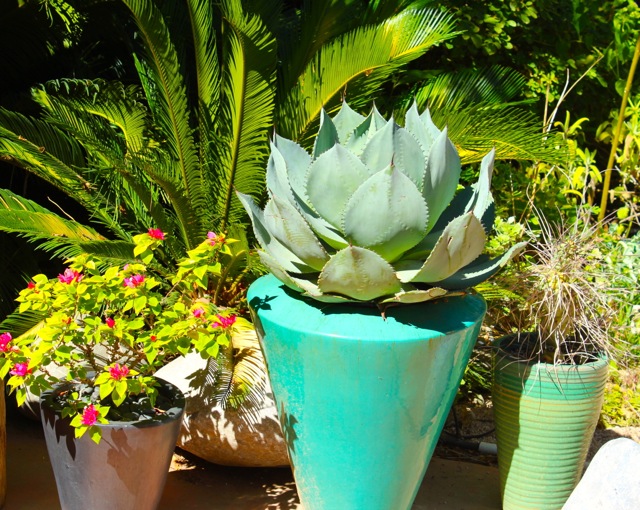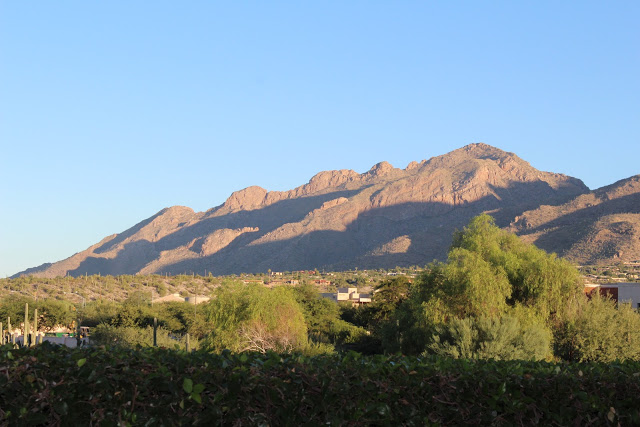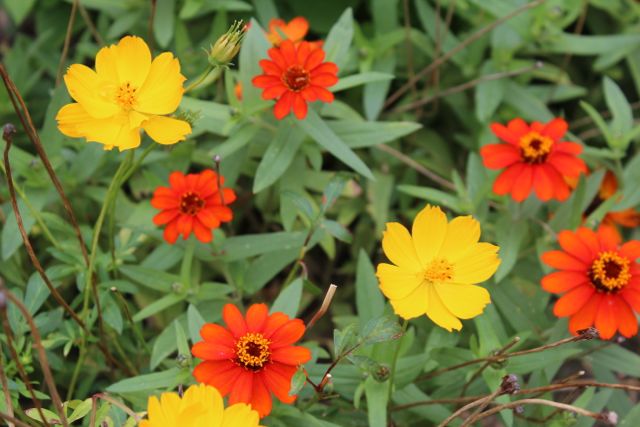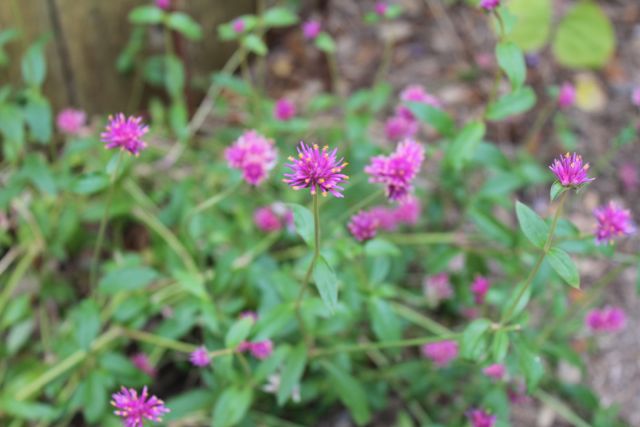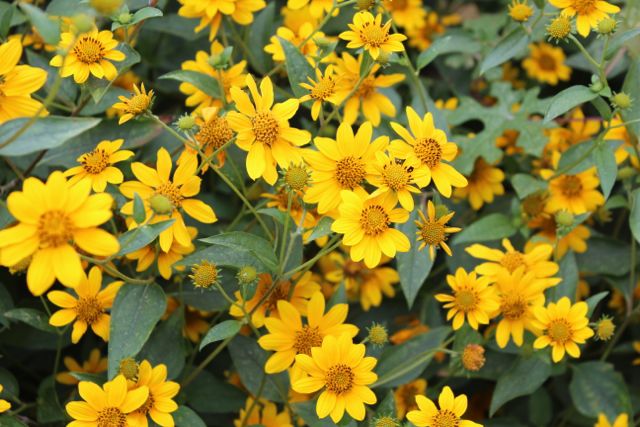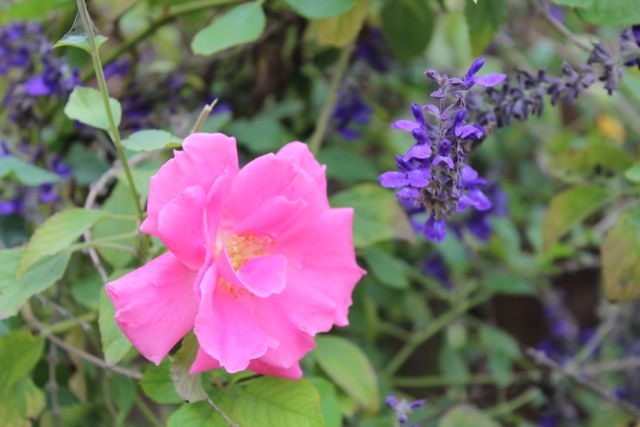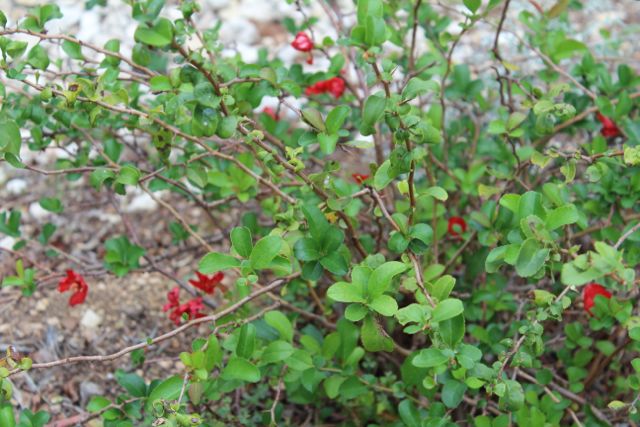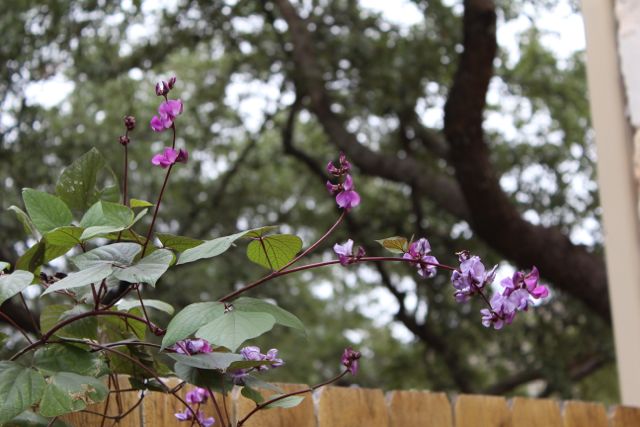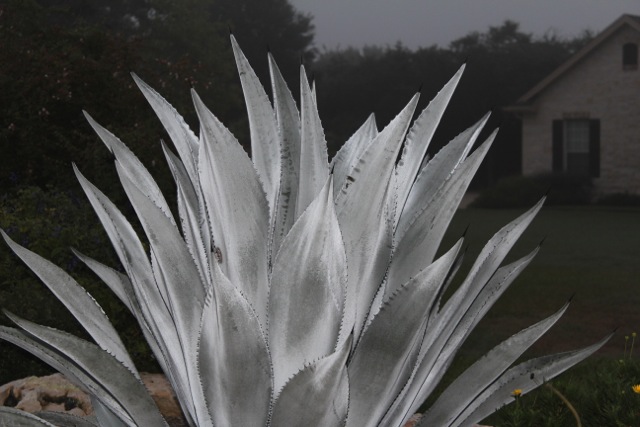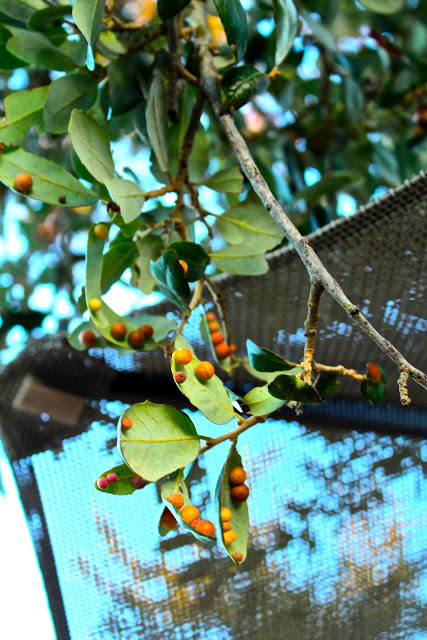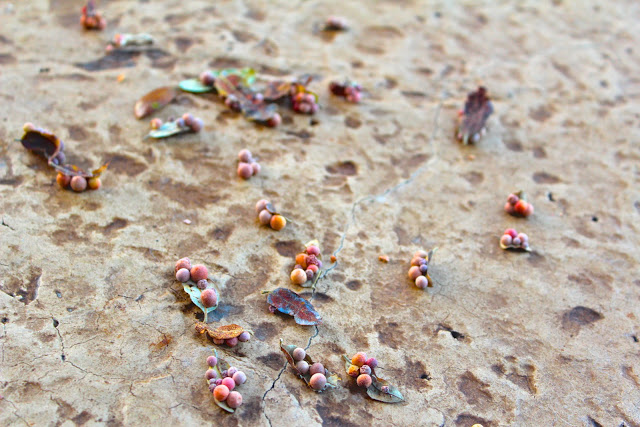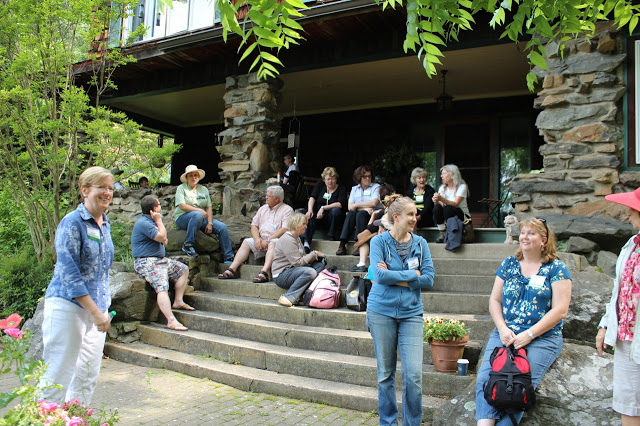Sonoran’s saguaro cactus is a gem of the desert…
Amazing, isn’t it?
This is the saguaro cactus, Carnegiea gigantea, one of the most spectacular sights on my trip last week to the Garden Writers Annual Symposium in Tucson, Arizona.
The saguaro only grows in the Sonoran Desert, and it doesn’t do that very fast. Saguaros only grow between 1 to 1-1/2 inches in their first 8 years, according to information published by the Saguaro National Park.
Our highly entertaining breakfast speaker, Peter Gierlach, former nurseryman, country singer and radio show host of “Growing Native with Petey Mesquitey,” told us that saguaro can be as old as 75 years old before they grow their first branch. In drier areas, it can take up to 100 years to grow a branch.
Saguaras begin to bloom at about 35 and can live to be 175 to 200 years old. They can get 50 feet tall and weigh as much as 6 tons. (As my husband said to me, “you wouldn’t want that to fall on you!”)
According to the Saguaro National Park, “The roots of the saguaro grow in a radial fashion, several inches under the ground. During a heavy rain, a saguaro will absorb as much water as its root system allows. To accomodate this potentially large influx of water, the pleats (of the saguaro) expand like an accordion. Conversely, when the desert is dry, the saguaro uses its stored water and the pleats contract.”
Sometimes they grow in strange shapes, like this one intimately entwined with a tree at the Tucson Botanical Gardens.
This unique and creative metal art pays homage to the saguaro and its stature in the desert.
Wonder how old this guy is? I thought these statuesque cacti were phenomenal when I arrived in Tucson. When I learned their amazing history and story, I was even more impressed.
I am in awe of the will and ability of plants to adapt and grow in the harshest of conditions and against all odds.
I suppose that’s why I garden…I appreciate the gift of being able to be a part of something so much greater than me.

